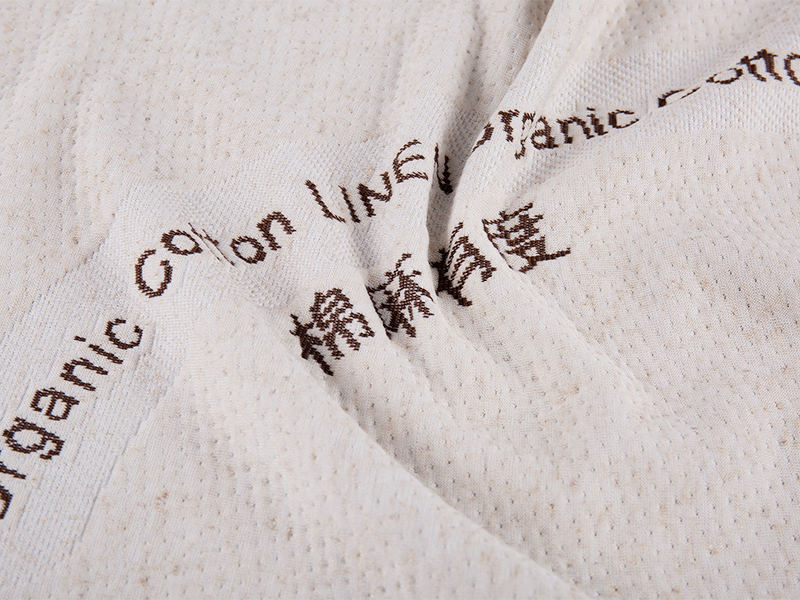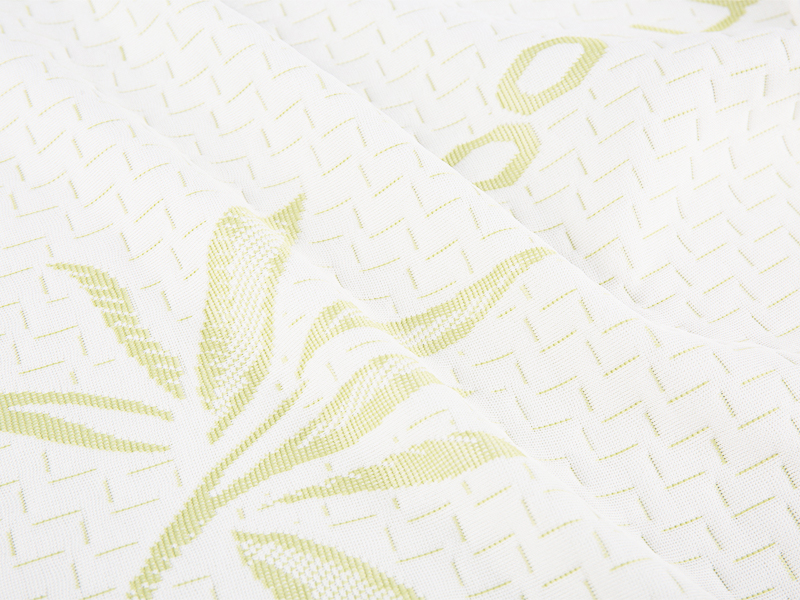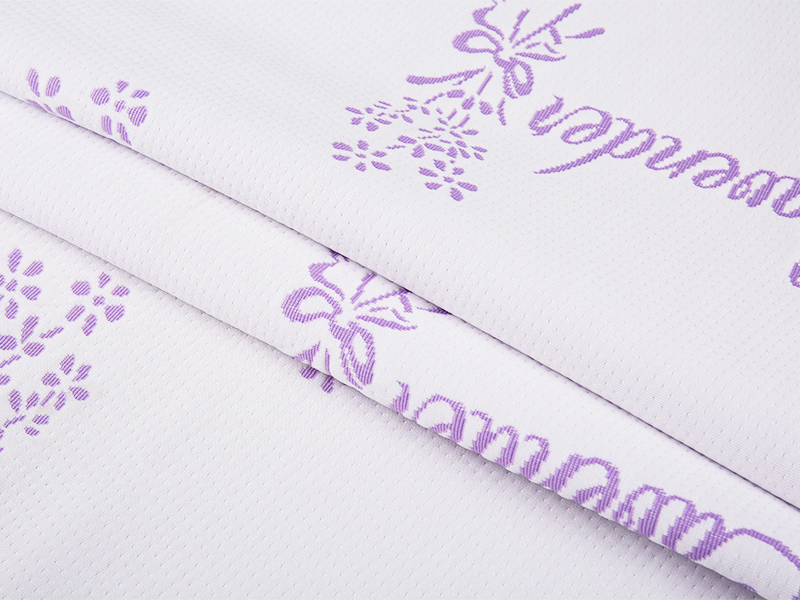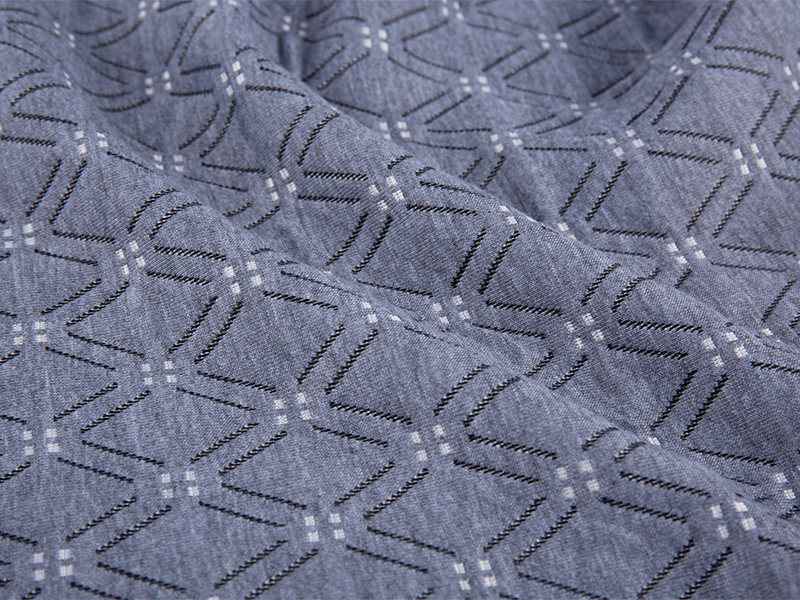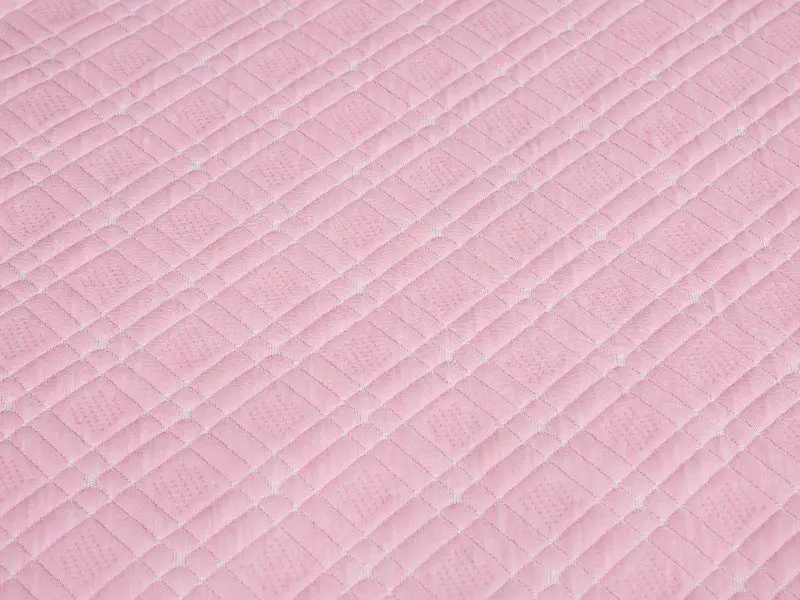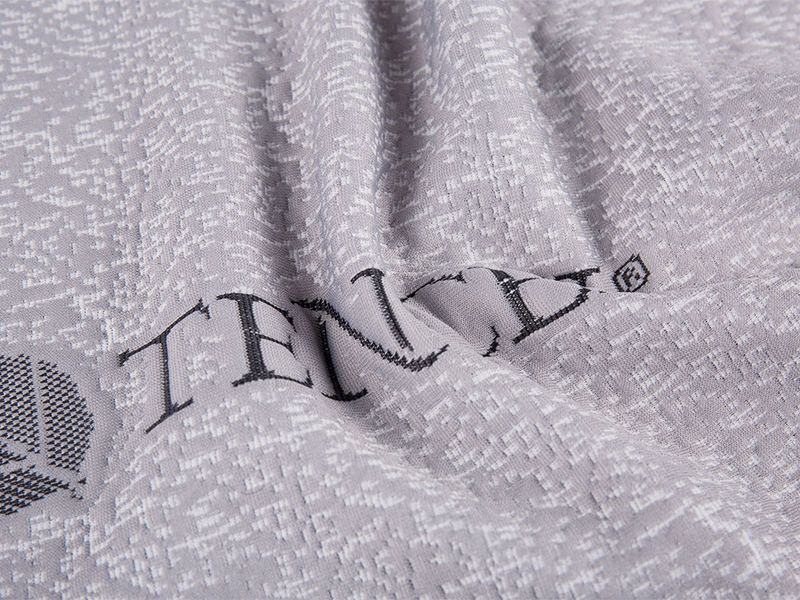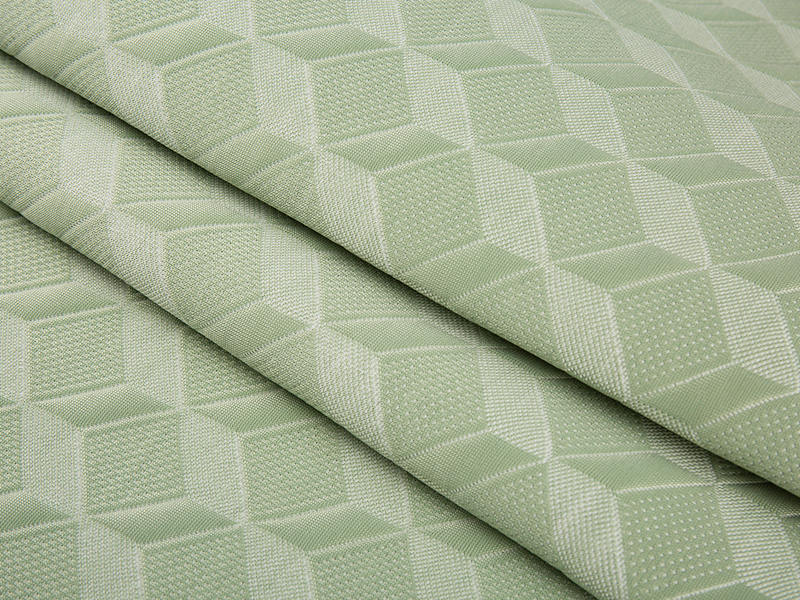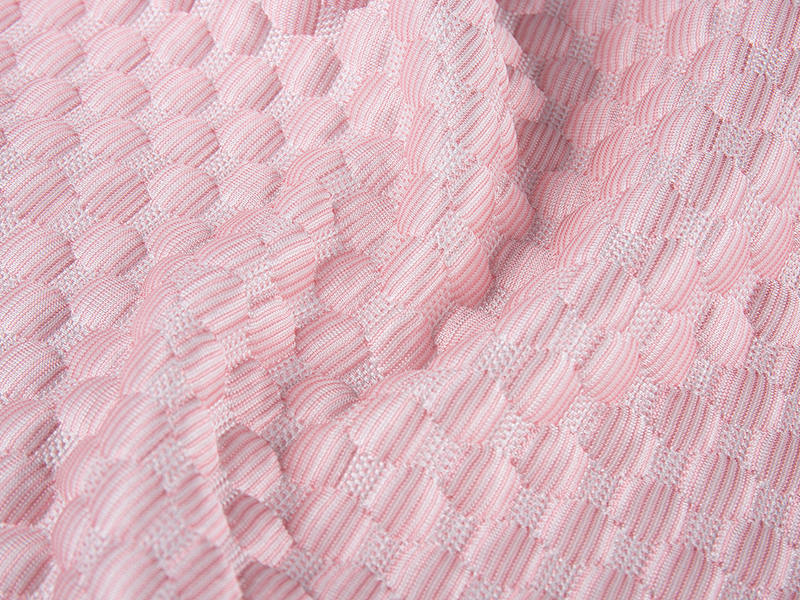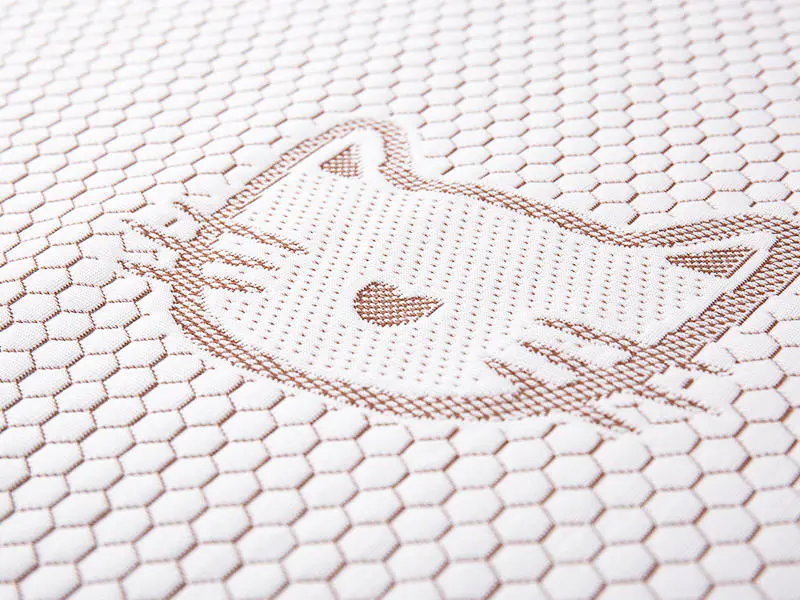Introduction to Mattress Fabrics and Sleep Quality
How Mattress Fabrics Influence Sleep Comfort
When it comes to achieving a restful night's sleep, mattress fabric plays a vital role in your overall comfort. The type of fabric used in your mattress determines how breathable, soft, and supportive the surface will be, all of which contribute to your sleep quality. A fabric that's breathable can help regulate body temperature, preventing overheating or feeling too cold. On the other hand, a fabric that traps moisture or is too firm might lead to discomfort and disrupted sleep. Understanding how mattress fabrics impact your rest is key to ensuring a healthy sleep environment.
- Breathability: Fabrics that allow air circulation keep your body cool throughout the night.
- Softness: Soft fabrics contribute to a comfortable surface, reducing pressure on joints.
- Durability: Strong fabrics ensure that the mattress maintains its shape and comfort over time.
The Importance of Choosing the Right Mattress Fabric
Choosing the right mattress fabric is essential for ensuring your mattress provides long-lasting comfort and support. Certain fabrics are better suited for specific needs, whether you require a cooling effect for better sleep or a soft surface for pressure relief. It's crucial to consider factors like breathability, durability, and hypoallergenic properties to maintain both comfort and health. Moreover, the right fabric can also extend the life of your mattress, preventing premature wear and ensuring that your mattress remains in optimal condition for years.
- Health considerations: Fabrics like organic cotton and hypoallergenic materials prevent allergies.
- Comfort: Choose fabrics that offer the ideal balance of softness and support.
- Durability: Long-lasting fabrics help your mattress retain its comfort and support for a longer time.
Types of Mattress Fabrics and Their Impact on Sleep
Cotton Mattress Fabrics
Cotton is one of the most popular choices for mattress fabrics due to its breathability, softness, and natural feel. It's an excellent option for sleepers looking for a fabric that allows air to circulate freely, preventing overheating. Cotton fabrics also have moisture-wicking properties, which help in keeping sweat and moisture away from the body, promoting a more comfortable sleep. Additionally, organic cotton fabrics are available for those seeking environmentally friendly options.
- Breathability: Cotton allows air to circulate, keeping you cool throughout the night.
- Moisture-wicking: Keeps you dry by drawing moisture away from the skin.
- Natural feel: Cotton feels soft and gentle on the skin, providing comfort during sleep.
Memory Foam and Latex Mattress Fabrics
Memory foam and latex mattresses are popular for their ability to conform to the body's shape, providing support and pressure relief. While the fabric covering these mattresses is typically synthetic, it plays an important role in ensuring comfort. Memory foam and latex fabrics tend to trap heat, so they may not be ideal for hot sleepers. However, some modern foam mattresses come with breathable covers that help with air circulation and temperature regulation.
- Body contouring: Memory foam and latex provide excellent support by contouring to the body.
- Heat retention: These fabrics can trap heat, making them less ideal for warm climates or hot sleepers.
- Durability: Latex is highly durable and resistant to wear, making it an excellent long-term investment.
Bamboo and Organic Mattress Fabrics
Bamboo and organic mattress fabrics are increasingly popular due to their eco-friendly properties and superior breathability. Bamboo fabrics are naturally hypoallergenic and resistant to dust mites, making them a great choice for individuals with allergies. They also have moisture-wicking and cooling properties, which help regulate body temperature and ensure a comfortable sleep environment. Organic fabrics, such as organic cotton and hemp, offer similar benefits while being produced with fewer chemicals, making them a great choice for eco-conscious buyers.
- Cooling effect: Bamboo fabrics are known for their ability to keep you cool by regulating body temperature.
- Hypoallergenic: Bamboo and organic fabrics help reduce the buildup of allergens in the mattress.
- Eco-friendly: These fabrics are produced with minimal chemicals, supporting sustainability.
How Mattress Fabric Affects Sleep Temperature
Breathable Fabrics for Cooler Sleep
Choosing a mattress fabric that's breathable is essential for regulating sleep temperature. Fabrics like cotton, bamboo, and organic fibers allow air to flow freely through the mattress, preventing heat buildup and creating a cooler sleeping environment. This is particularly important for individuals who tend to sleep hot, as these fabrics can help maintain a comfortable body temperature throughout the night.
- Cotton: Known for its breathability and moisture-wicking properties.
- Bamboo: Naturally cooler and more breathable than other materials.
- Organic fabrics: Often offer excellent airflow due to their natural construction.
Heat-Retaining Fabrics and Sleep Comfort
On the other hand, some fabrics, such as memory foam and thick synthetic fabrics, tend to retain heat. While this can be beneficial in colder climates, it can lead to overheating and discomfort for those who are prone to sweating during the night. If you live in a warmer climate or are a hot sleeper, it's essential to select a mattress fabric that helps keep your body temperature regulated.
- Memory foam: Retains heat, which may not be ideal for hot sleepers.
- Latex: While latex offers great support, it can trap heat if not paired with a breathable fabric.
- Synthetic fabrics: These fabrics are often less breathable, leading to potential heat retention.
The Relationship Between Mattress Fabric and Sleep Health
Hypoallergenic Mattress Fabrics
For those with allergies, choosing a hypoallergenic mattress fabric is crucial. Fabrics like bamboo and organic cotton are naturally resistant to dust mites, mold, and other allergens. These materials help create a healthier sleep environment by reducing the presence of particles that can cause discomfort or allergic reactions.
- Hypoallergenic properties: Bamboo and organic fabrics naturally resist allergens.
- Dust mite resistance: Hypoallergenic fabrics reduce the buildup of dust mites.
- Skin irritation: Organic fabrics are less likely to irritate the skin compared to synthetic options.
Mattress Fabrics and Pressure Relief
The fabric covering a mattress can also affect its ability to provide pressure relief. Fabrics that are too firm may cause discomfort in pressure points, while fabrics that are too soft may fail to offer adequate support. A balance between softness and support is essential for ensuring that the fabric complements the mattress's overall pressure-relieving properties.
- Memory foam: Provides excellent pressure relief by contouring to the body.
- Latex: Offers firm support with a bit of cushioning for pressure relief.
- Soft cotton: A soft fabric that offers comfort while maintaining support.
FAQ
Does mattress fabric really affect sleep quality?
Yes, mattress fabric can significantly impact sleep quality. Breathable fabrics can regulate temperature, while hypoallergenic options help reduce allergens. Fabrics like cotton, bamboo, and organic materials improve comfort and contribute to a better sleep experience.
What is the best mattress fabric for hot sleepers?
The best mattress fabrics for hot sleepers are breathable materials like cotton, bamboo, and organic fabrics. These materials help regulate body temperature by allowing air to circulate and preventing heat buildup.
How often should I change the mattress fabric?
While you don't need to change the mattress fabric itself, you should regularly clean it and consider using a mattress protector. If the fabric becomes worn out or damaged, it might be time to replace the mattress or its protective cover.


